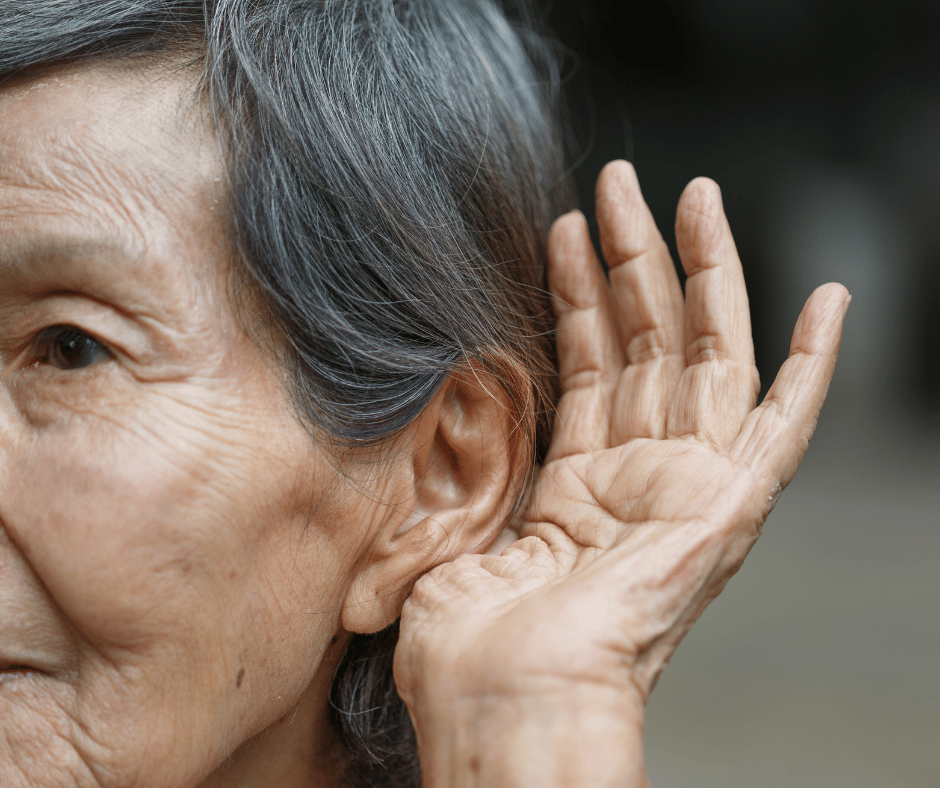Introduction
In today’s bustling workplaces, amidst the clatter of machinery and constant hum of activity, the threat of Occupational Noise-Induced Hearing Loss (ONIHL) looms large. As an ENT surgeon deeply concerned about the well-being of workers, it’s crucial to shed light on this often-overlooked occupational hazard. Let’s delve into the nuances of preventing ONIHL and preserving the precious gift of hearing.
Understanding the Causes of ONIHL
The machinery in factories, the roar of construction sites, the din of heavy traffic – these are just some examples of environments where excessive noise prevails. Prolonged exposure to such noise can damage delicate structures within the ear, leading to irreversible hearing loss over time.
Assessment of Workplace Noise Levels
Before effective prevention measures can be implemented, it’s essential to accurately assess the noise levels in different work settings. This involves conducting comprehensive noise surveys to identify areas of concern and quantify exposure levels.
Regulations and Standards
Governments and regulatory bodies worldwide have recognized the gravity of ONIHL and established stringent standards to safeguard workers. These regulations dictate permissible noise exposure limits and mandate employers to provide a safe working environment free from hazardous noise.
Effects of ONIHL on Health and Productivity
The ramifications of ONIHL extend beyond mere auditory impairment. Studies have linked untreated hearing loss to increased stress, reduced productivity, and even social isolation among affected individuals.
Implementing Control Measures
Prevention is paramount when it comes to ONIHL. Employers must adopt engineering controls such as soundproofing and noise barriers to mitigate noise at the source. Additionally, administrative measures like job rotation and scheduling breaks can minimize individual exposure.
Personal Protective Equipment (PPE)
When engineering and administrative controls fall short, Personal Protective Equipment (PPE) comes to the rescue. Earplugs and earmuffs act as the last line of defense, providing a physical barrier against harmful noise.
Training and Education
Empowering employees with knowledge is key to fostering a culture of hearing protection. Regular training sessions should cover topics such as the importance of hearing conservation, proper use of PPE, and recognizing early signs of hearing loss.
Monitoring and Surveillance
Continuous monitoring of noise levels ensures that control measures remain effective over time. Moreover, routine health surveillance programs enable early detection of ONIHL, allowing for prompt intervention and mitigation.
Case Studies
Across industries, proactive organizations have successfully implemented comprehensive noise control programs, resulting in significant reductions in ONIHL prevalence and associated costs.
Creating a Culture of Hearing Protection
By instilling a sense of ownership and responsibility among employees, organizations can cultivate a culture where hearing protection is not merely a compliance requirement but a shared value.
Tips for Employees
Simple habits like taking regular breaks in quiet areas, minimizing exposure to loud noises during leisure activities, and using hearing protection consistently can go a long way in preserving hearing health.
Seeking Professional Help
At the first sign of hearing impairment, seeking prompt medical attention from an ENT surgeon or audiologist is imperative. Early intervention increases the likelihood of preserving residual hearing and mitigating further damage.
Future Trends in ONIHL Prevention
As technology continues to advance, innovative solutions such as active noise-canceling devices and smart hearing protection are poised to revolutionize the landscape of hearing conservation in the workplace.
Conclusion
In conclusion, preventing Occupational Noise-Induced Hearing Loss demands a multifaceted approach encompassing regulatory compliance, engineering controls, education, and vigilance. By prioritizing hearing protection, we not only safeguard the well-being of workers but also uphold their dignity and quality of life.
FAQs
1. How common is ONIHL in different industries? ONIHL prevalence varies across industries, with sectors like manufacturing, construction, and mining being particularly susceptible due to high noise levels.
2. Can ONIHL be reversed? Unfortunately, ONIHL is irreversible. However, early intervention and appropriate management can help mitigate its progression and impact on daily life.
3. Are there any legal obligations for employers regarding noise control? Yes, many countries have regulations in place mandating employers to assess and control workplace noise levels to protect their employees’ hearing.
4. What are the long-term consequences of untreated ONIHL? Untreated ONIHL can lead to social isolation, depression, and cognitive decline, highlighting the importance of proactive prevention measures.
5. How can employees contribute to preventing ONIHL? Employees play a crucial role by adhering to safety protocols, using PPE consistently, and promptly reporting any concerns about excessive noise exposure.
About Author:
Dr. Vivek Kumar Pathak: Renowned ENT Surgeon, Senior Professor, and Founder.
Dr. Pathak, ENT surgeon at Kailash Hospital, Senior ENT Professor at Sharda University, and founder of Entegrity Care, brings expertise and innovation to healthcare. Discover the visionary behind Doxtreat Healthcare, shaping the future of ENT care.
Website www.drvivekpathak.com
Call +917838450942
WhatsApp +91 78384 50942
Book an appointment with Dr. Vivek kumar Pathak by filling the form.



